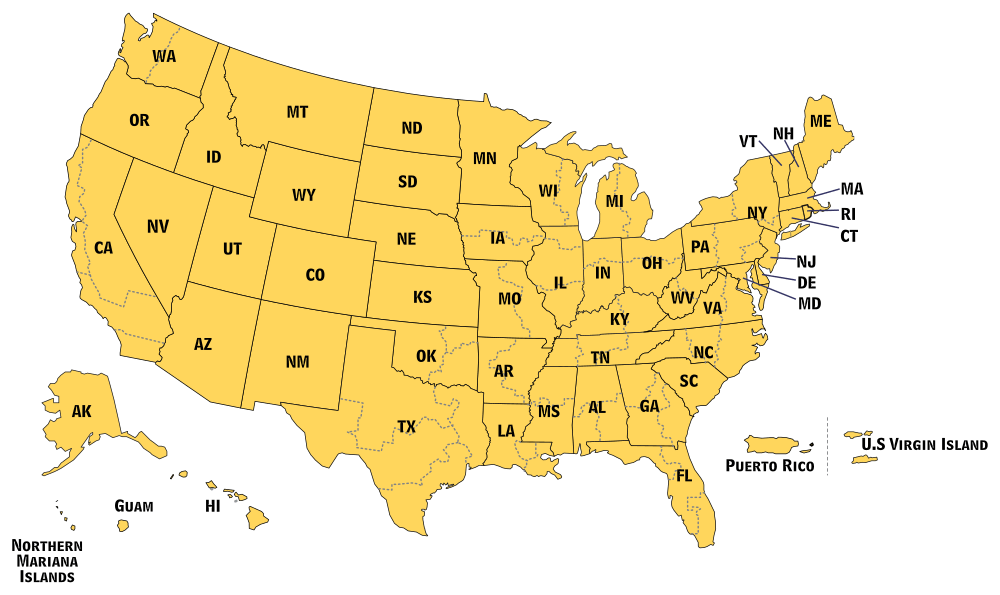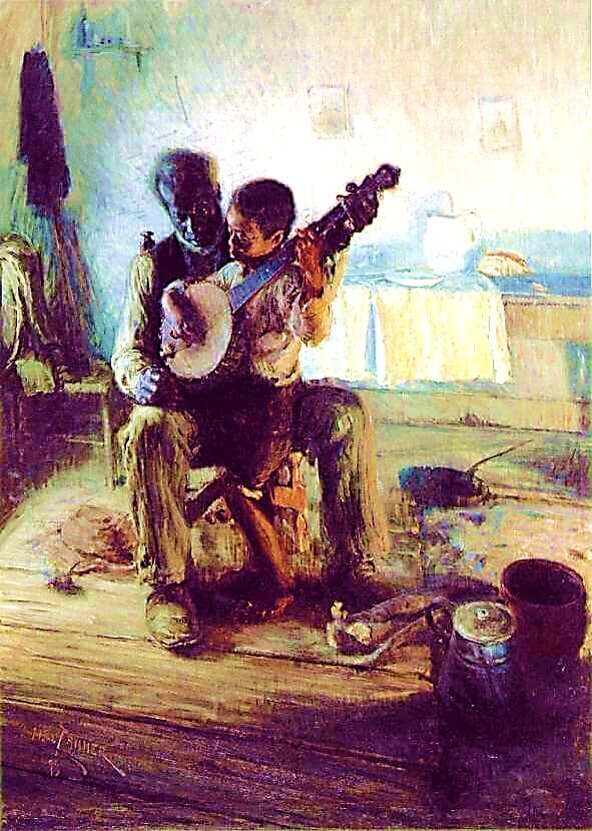Activity 1: Can You Find It?
During the week, study the painting and find the following:
- Pitcher
- Dishes
- Banjo
- Chairs
- Table
- Hat
- Wood
- Coffeepot
Activity 2: Narrate the Painting
- After studying the painting, narrate the scene shown in the painting aloud using your own words.
Activity 3: Complete Vocabulary Activities
- While studying the vocabulary words, point them out in the painting.
- Define each of the vocabulary words in your own words.
Activity 4: Color the Artist

- Click the crayon above, and complete page 32 of 'Kindergarten Art History Coloring Book.'
Activity 5: Color the Painting

- Click the crayon above, and complete page 33 of 'Kindergarten Art History Coloring Book.'
Activity 6: Hear the Sounds of the Painting
- Listen to the banjo playing in the video below.




